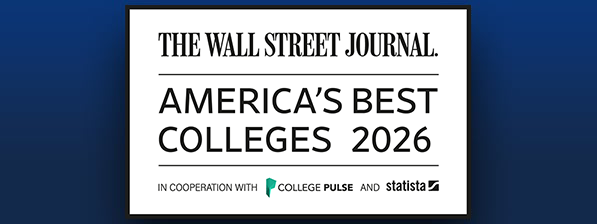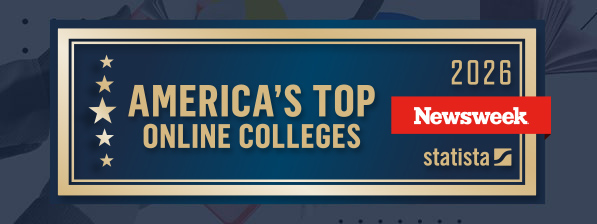You’ve searched through peer-reviewed journal articles. On your work table lies a tall stack of books you’ve accumulated from the expansive library shelves. You’ve bookmarked numerous e-books with helpful information for your research paper.
Yet it seems your aggregation of quality sources is still missing something to bring your paper to the next level of quality and authenticity.
That missing piece may just be quotes and information from a personal interview.
Personal interviews are considered primary research, meaning that you as the writer are collecting information right in the real world. Let’s find out what benefit they can add to your work.
WHY PERSONAL INTERVIEWS?
Primary research in the form of personal interviews gives an added layer of specialization to your accumulated information. Rather than applying your research topic to material you find, you begin with your research topic and discover information specifically relating to that topic.
Personal interviews, whether face-to-face, on the phone or over email, provide the opportunity for you to learn more about a particular topic and incorporate another credible source into your research paper.
TIPS FOR CONDUCTING THE INTERVIEW
Your first step is to find that credible source who you can talk to. Who you choose will obviously depend on your research topic—it may be a doctor, a lawyer, a business manager, a scientist, etc. But don’t just pick someone convenient with just a little bit of knowledge in some area. Select an interview subject that is credible, experienced and knows a lot about your research topic.
1) PREPARE FOR THE INTERVIEW
Before you dive into a personal interview, be prepared. Have a direction in mind for how the interview will go. It may be helpful to bring along your phone or some other device to record the interview. Think through what questions you want to ask and ensure those questions will help you in your research.
2) ASK YOUR INTERVIEWEE THEIR NAME AND OCCUPATION
Make sure you get this important information first so that you don’t forget. Ask her to spell her name so you don’t have to wonder if you got it right. Ask her to describe her occupation, daily work, experiences and any relevant certifications. Gathering this information will demonstrate the interviewee’s credibility on your research topic.
3) LISTEN AND FOLLOW-UP
Pay attention to what your interviewee is saying rather than trying to record her every word. If you don’t understand something she says, ask follow-up questions. Don’t only stick to your standard list of questions. Be open to take the conversation in a different direction.
INCORPORATE INTERVIEWS INTO YOUR PAPER
Now, you can use that valuable information to add credibility and support your research paper.
1) WEAVE CONTENT INTO YOUR PAPER.
The pages of quotes and information you’ve acquired can be used as direct quotes or paraphrases to support your main points.
As you look for what content from your interview to include in the paper, be sure those quotes or facts are relevant and add value to your main points. Just as in using content from a book or journal article source, information from interviews should be used as supplements to the content you write.
Also like book and journal article research, don’t take your interviewee’s comments out of context. Be sure his or her quote and intention match up. Maintain integrity when making decisions about what quotes to include where.
2) CITE YOUR INTERVIEW.
As you would with book or journal article sources, you’ll need to cite the information you’ve acquired from your personal interview. In writing, follow APA Style in determining what to include:
In-Text Citations
Like books and journal articles, include an in-text citation after you incorporate a direct quote or paraphrase into your research paper. Use the format:
(First initial. Last name, personal communication, Month Day, Year).
For example, if you spoke to an expert in business management practices name John Smith on Dec. 5, 2017, your citation would look like this:
Ex. (J. Smith, personal communication, December 5, 2017).
Block quotes
If you select a direct quote that is 40 words or more, arrange the content in a block quote format. A block quote means you indent a half an inch from the left margin for the entire quote. Don’t use quotation marks around the block quote. And, after the quote, include the in-text citation.
Weave in quotes
Similar to incorporating sources from books and journal articles, weave in quotes with your own content. This will make the paper flow and helps your reader know your sources.
Not in Reference List
Since your personal interview is not a published work, DO NOT include it in your Reference List at the end of your paper.
CONCLUSION
Personal interviews provide a unique level of specialized information that can really add value to your research paper. By incorporating best practices such as conducting the interview thoughtfully, weaving quotes in seamlessly and citing your source properly, you can bring your paper to the next level of quality and credibility.
At Cornerstone University, you’ll experience numerous academic support resources to equip you to succeed in your degree program, whether that’s in writing a paper or other assignment.








